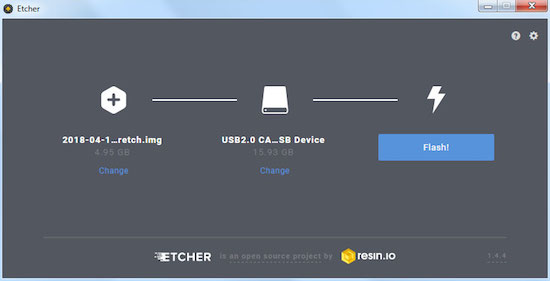Mac OS X comes with PHP prepackaged. So there isn't much you need to do to install PHP. Open a Terminal window and enter php -version to check which version you have installed. If you're running. It might be that a library that you are using depends upon the PHP intl extension – for instance, some validators in Zend Framework 2 do so. This article will show you how to install the things you need by hand. It has been tested on OS X Mavericks with the built-in installation of PHP, but may or may not work on other setups. How to Install PHP on macOS Introduction. PHP is a server-side scripting language. Originally it was designed for web development but it can also be used as a general-purpose language. It was created by Rasmus Lerdorf in 1994. Originally it stood for Personal home page but now It stands for Hyper Text Preprocessor. PHP code can be embedded into. Again check php version with help of, php -v command. It is necessary to get greater or equal php version then the official recommendation in the results of “php -v” command. Once your php version is ok with official version of laravel documentation, you are ready to install composer. Installing Composer.
- PHP Tutorial
- Advanced PHP
- PHP Form Examples
- PHP login Examples

- PHP AJAX Examples
Install Php On Mac

- PHP XML Example

- PHP Frame Works
- PHP Design Patterns
- PHP Function Reference

- PHP Useful Resources
- Selected Reading
Install Php For Mac
Mac users have the choice of either a binary or a source installation. In fact, your OS X probably came with Apache and PHP preinstalled. This is likely to be quite an old build, and it probably lacks many of the less common extensions.
However, if all you want is a quick Apache + PHP + MySQL/PostgreSQL setup on your laptop, this is certainly the easiest way to fly. All you need to do is edit your Apache configuration file and turn on the Web server.
So just follow the following steps −
Open the Apache config file in a text editor as root.
Edit the file. Uncomment the following lines −

You may also want to uncomment the <Directory /home/*/Sites> block or otherwise tell Apache which directory to serve out of.
Restart the Web server
Open a text editor. Type: <?php phpinfo(); ?>. Save this file in your Web server's document root as info.php.
Start any Web browser and browse the file.you must always use an HTTP request (http://www.testdomain.com/info.php or http://localhost/info.php or http://127.0.0.1/info.php) rather than a filename (/home/httpd/info.php) for the file to be parsed correctly
You should see a long table of information about your new PHP installation message Congratulations!
